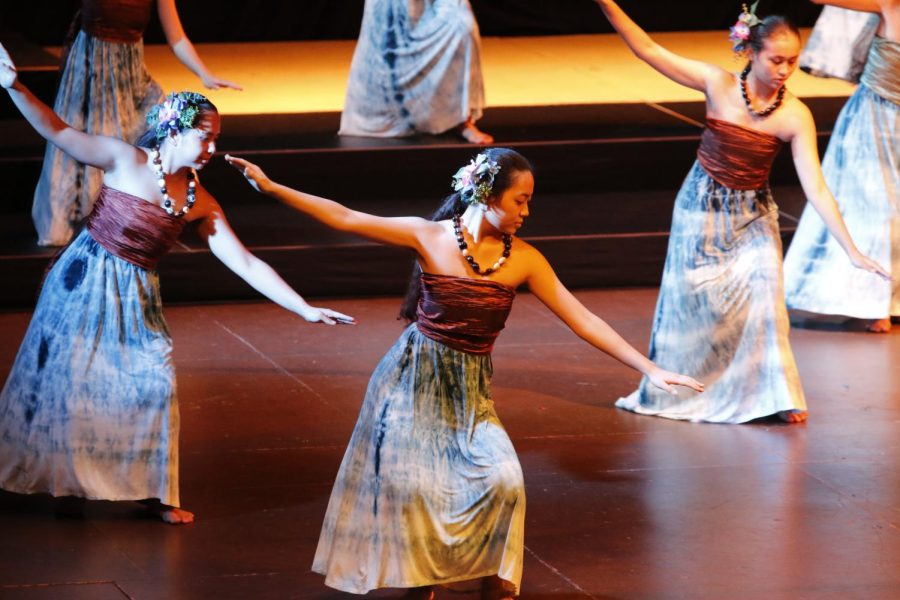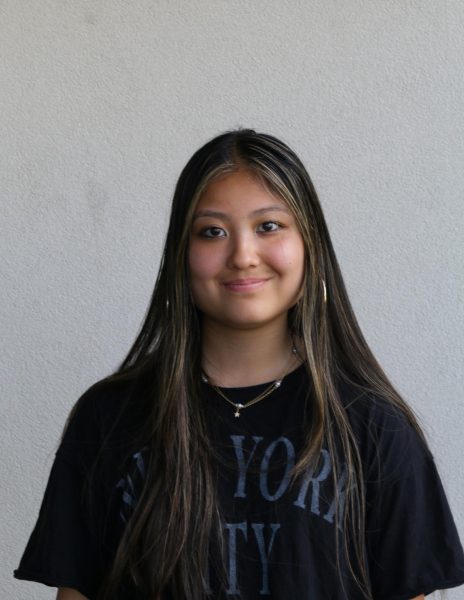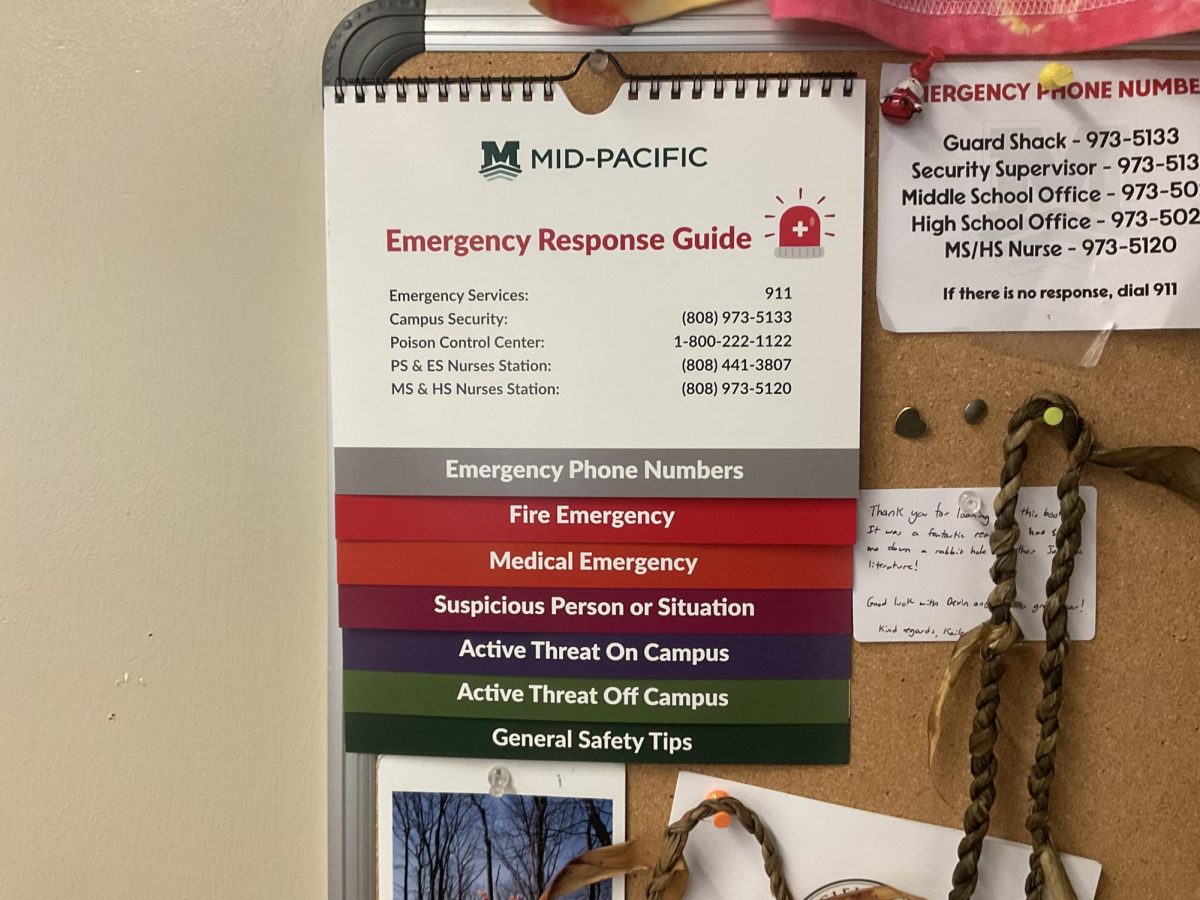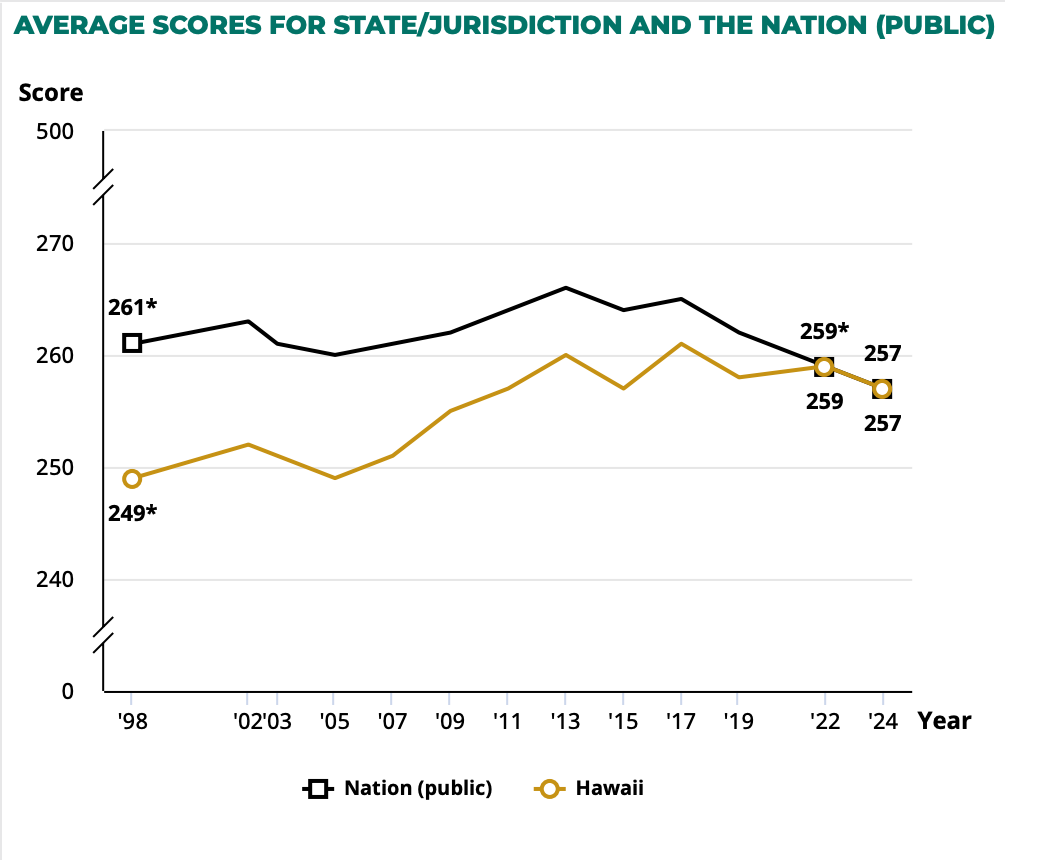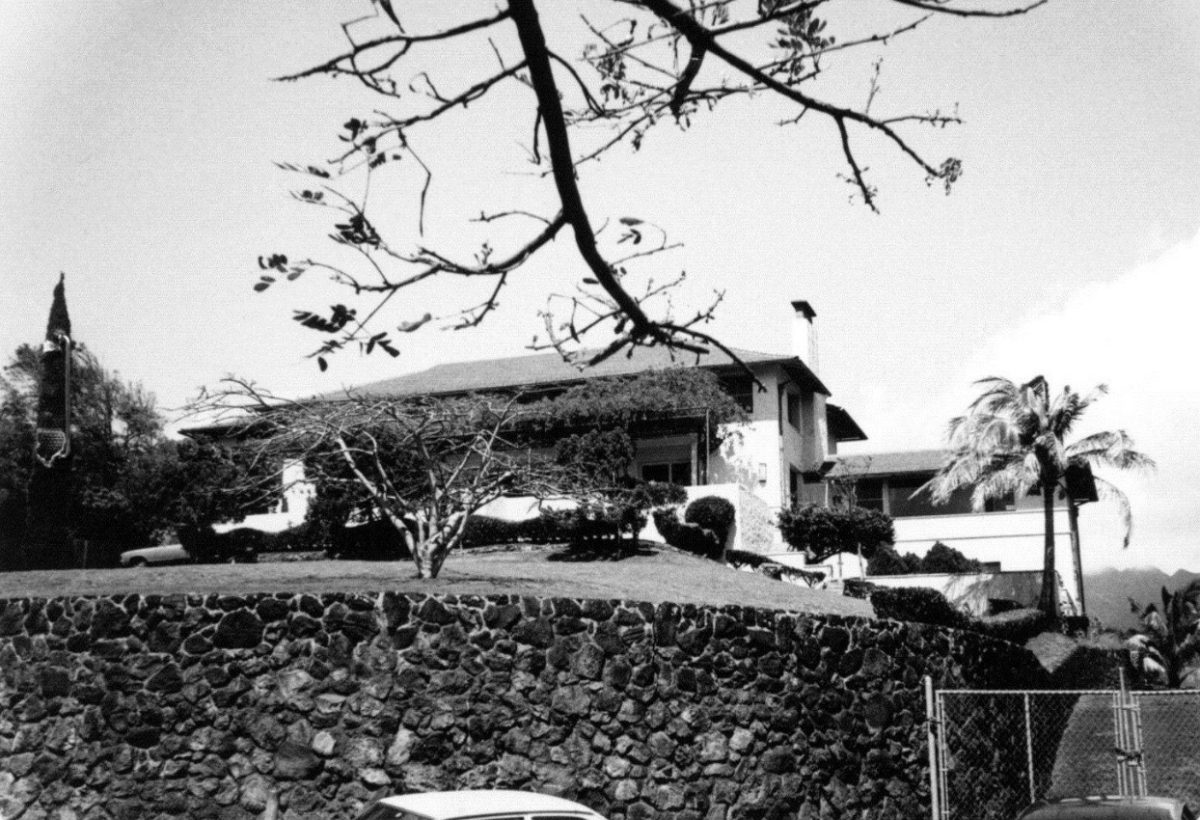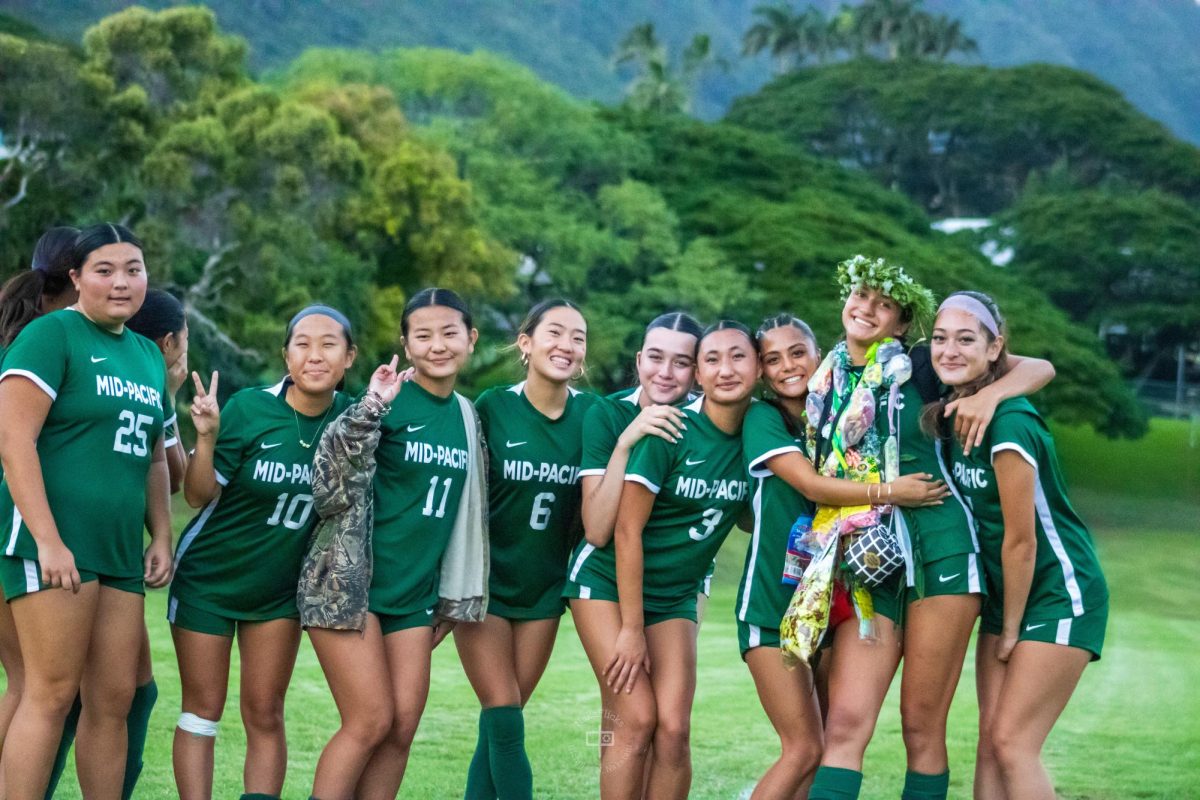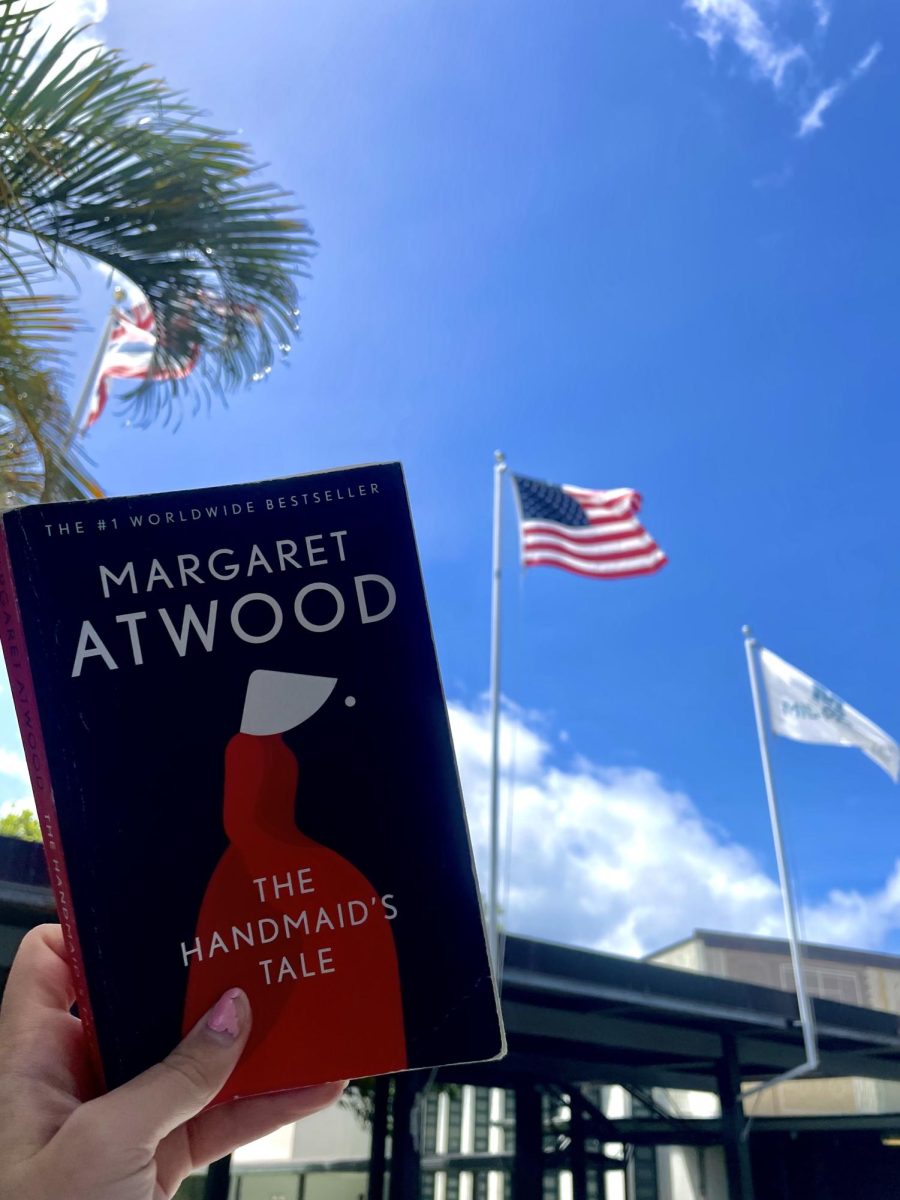How to Learn Hula Innovatively
Students of Mid-Pacific dance Hula in the Pūpūkahi Spring Concert 2022 Pi ‘o Ke Ānuenue.
December 1, 2022
Michael Casupang, Kumu of the halau Pūpūkahi, had a more unique and positive outlook on the pandemic rather than a negative one. Casupang describes some of the struggles his halau has faced from the beginning to the end of the pandemic.
At the beginning of the pandemic, the halau continued their dance lessons through zoom. Casupang claims, “it’s difficult to teach while being hands-on.”
He talks about how the halau did their best to push through, but being back on campus was helpful because the students could support and help each other through the learning process.
“Everyone had to make changes in their lifestyles and show how strong we can be while facing adverse conditions.The pandemic allowed me to be innovative and figure out a way to motivate the students and figure out how to motivate them to dance,” Casupang said.
Due to the pandemic, Casupang decided to dance in different locations and learn new skills. It helped open his creative outlet and figure out ways to be innovative.
Myumi Lee, a sophomore and a current student in Hula 1 describes her outlook on hula during the pandemic.
“When the pandemic hit, I stopped dancing because it was hard, although what I learned from hula is to always be disciplined and to try my hardest,” said sophomore Myumi Lee.
Kaila Kawachi, a sophomore who is a current student in Hula 2, enjoys the satisfaction after a performance and all the hard work it took to make it beautiful. She enjoyed the process because she got to appreciate it more.
“I was sad about being on zoom instead of with my hula sisters, but I learned many life experiences.”
Emma-Lani Brown is a junior and a current student in Hula 3. Being with her hula brothers and sisters was enjoyable for her since she wasn’t able to be with them during the pandemic.
“It was harder to learn dances through zoom, but it’s okay because Mr. Pascal helped.”
Pūpūkahi was able to turn their perspective of the pandemic to a positive one instead of seeing it from a negative point of view. They were able to find new types of solutions to overcome their problems.
They learned how to be innovative and creative by figuring out ways to continue dancing while being cautious and safe. Because of this, Pūpūkahi was able to develop new skills and curve them into a learning experience.
Through hula, Casupang and his students were able to look at the pandemic from a positive perspective. They were able to change up their dancing by kneeling on the ground compared to standing like they usually do. They also changed the setting of where they danced.
During the pandemic, it was difficult to express emotions and feelings but through hula we were able to find a new and unique way to express them. Emotion is a big part of hula because it tells a story and we were able to navigate a way to present it. We found many positives in hula through the pandemic.
“Every show should have a range of emotions and as humans we have a range of emotions. If hula is life we have a range of emotions whether it’s sad, frustrating, love, or happiness. Everything we do is to affect people’s lives through the beauty of hula,” said Casupang.

